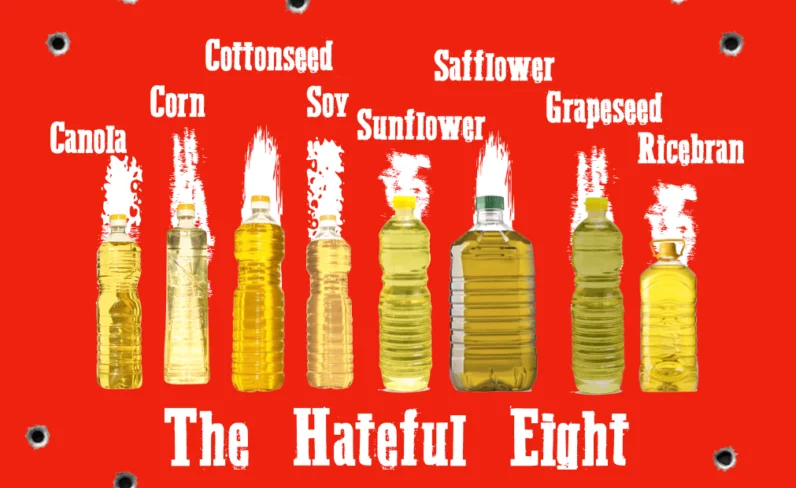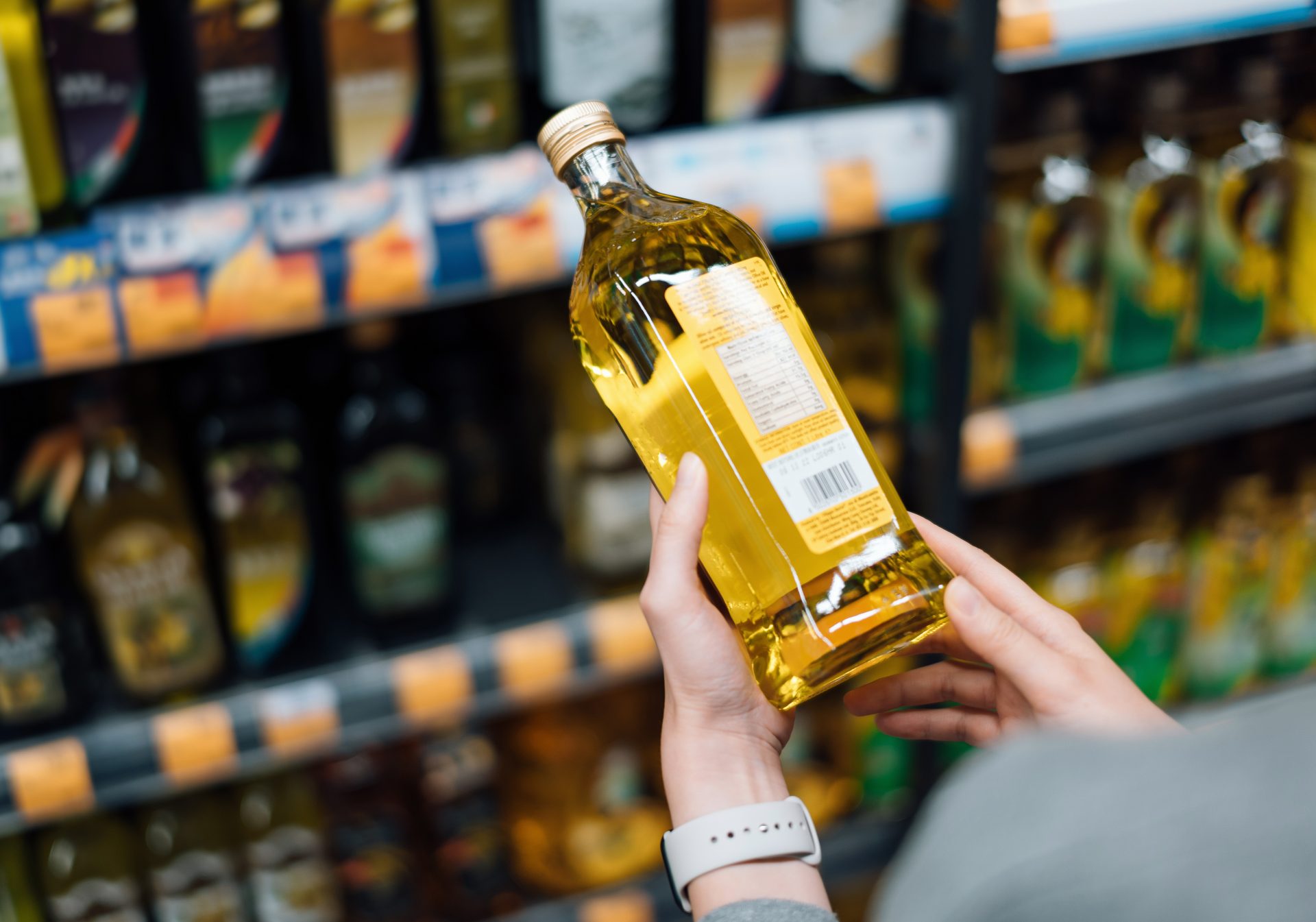Table of Contents
Introduction
Do you wonder what are seed oils? So let us tell you that they are actually the oils that are retrieved after refining vegetable oils. It only happens in the case if the oil is retrieved from a seed source. Example include corn oil. The highest smoke point and the neutral taste make them the perfect to use product and increase their demand in the market. They are the crush of home chefs.
Several theories are circulating in the market regarding whether oils are effective or not. Also, there is a huge question mark regarding the safety of these products. Therefore if you want to go for seed oils, you must conclude your research and make sure you shoot for the most effective but safe to use.
What seed oils are often referred to
You might witness seed oils to be referred to as industrial seed oils. Collectively they are a subset of vegetable oils. The major sources happen to be the retrieved seeds of plants that have a rich content of linoleic acid. Thus the resulting oil might not be good for human health or safe for human consumption.

Tracking sources of seed oils
Tracking the seed oil source is of the utmost importance. The origin of these oils will help you determine their safety margin. Below we have mentioned the names of a few crops whose seeds are used for the production of seed oil.
- Canola
- Soy
- Peanut
The relation between vegetable oils and the seed oils
If you are still unable to get the idea, then let us help you out. The vegetable oils being extracted from vegetable sources form a broader category. On the other hand, seed oils are a sub-category of vegetable oils that are extracted from crops bearing seeds.
Some significant vegetable oils
To understand seed oils, you must have a vast knowledge of vegetable oils. Below we have mentioned a few vegetable oils that are quite popular among the community:
- Corn oil
- Coconut oil
- Canola oil
- Cottonseed oil
- Peanut oil
- Palm Kernel oil
- Palm oil
- Safflower oil
- Soybean oil
- Avocado oil
- Grapeseed oil
- Olive oil
The step-by-step seed oil preparation guide
If you want to get a more enhanced grip on the topic, then you should make sure that you are well aware of the different processes involved in preparing the seed oils. Below we have mentioned the step-by-step guide for the formulation of the seed oils:
1. The seed collection from specific plants
The very first step in this process is the collection of the seeds. Now all the seeds are not used to extract the seed oil. Therefore we will go for the seeds of the specific plants. The vegetable oil crops are spread over quite a vast area worldwide; thus, you might not feel any shortage at all.
2. Excessive heat application
In the very next step, excessive heat is applied to the collected seeds. As a result, the seeds undergo oxidative damage. This will transform the PUFAs into trans-fat of a highly damaging nature.
3. The chemical extraction
Now a solvent is utilized for the seed extraction. This solvent might be hexane, which is utilized in most cases. The plus point of hexane is that it offers optimal yield.
4. The high-heat deodorization
High heat deodorization is the fourth step on the list. This process also potentially destroys the PUFAs. Thus increasing the production rate of the trans fats that, in return, increase the toxic nature of the seed oils.
Discussing the toxic effects of seed oils
If you intend to go for the usage of a particular product, then it is of the utmost importance that you are well aware of the pros and cons that it offers. Similarly, if we talk about seed oils, we will learn that they have several dangerous aspects. So before using them, you must understand the severity of these factors.
Dangers associated with the major seed oils
Below we have mentioned a few dangers of seed oils for the enhancement of your knowledge:
1. Unprecedented Omega 6 levels
If you want your body to function at optimum conditions, you must intake all kinds of products, including polyunsaturated, monosaturated and saturated fatty acids. But the increased quantity of any one kind will throw the others under the bus. The increased Omega 6 ratio to Omega 3 makes the seed oils dangerous. Counteracting the effect might not be easy at all.
2. The decreased integrity of the cell membrane
The Lipid bilayer can be categorized as the major portion of the cell membrane. Also, it is a gateway to the nutrients trying to enter the cells and the chemicals being released out. But the increased omega-6 levels in seed oils affect the stability and structure of the lipid bilayer that requires saturated fatty acids, thus affecting several cellular functions.
3. The triggering of oxidative stress
Omega 6 plays a vital role in triggering oxidative stress, thus resulting in the body’s oxidation process. The increased number of unpaired electrons is in search of new partners. Thus the free radicals will be created, and they will start destroying the cellular functions causing oxidative stress. To cure this condition, antioxidants are brought into play.
4. The nutrition for cardiovascular ailments
The linoleic acid present in the seed oils is the perfect promoter of cardiovascular diseases. The resulting diseases include coronary artery disease, heart attack, and similar other ailments. The arterial linoleic levels of the subject heart attack patients are comparatively much higher than those of normal individuals, thus resulting in fatal conditions.
Also Read: Why do you think we always fall for our best friend?
Conclusion
If you want to get an idea of what seed oils are, then let us tell you that they are derived from the seeds of different vegetable oil plants. Although they are quite useful, but they do have harmful effects on health. You must examine all the aspects before deciding to use seed oils to avoid any mishap.




















